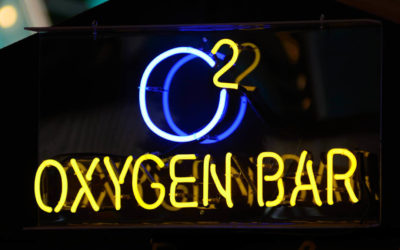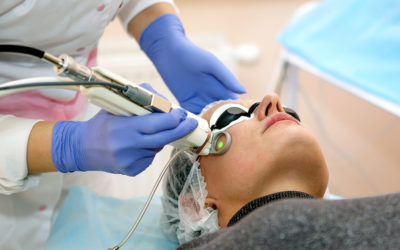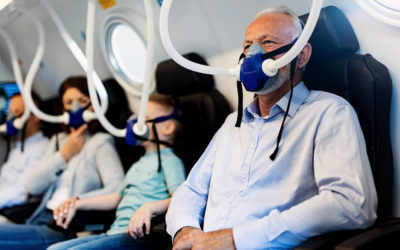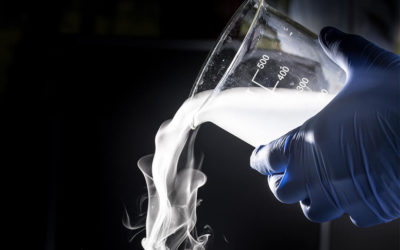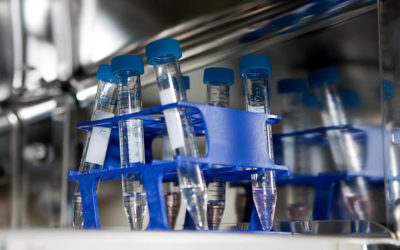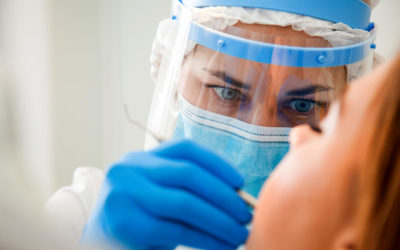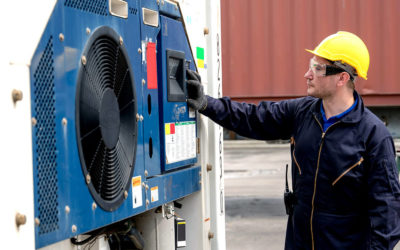Blog
No Results Found
The page you requested could not be found. Try refining your search, or use the navigation above to locate the post.
The Benefits of Oxygen Bars
In the last few years, oxygen bars have been popping up all over the world, selling concentrated oxygen delivered through a mask worn over the face. Oxygen bars offer a host of health and mental benefits including increased energy levels and concentration, reduced stress, enhanced athletic performance, and more.
How CalOx Is Managing With Supply Chain Shortages
Since 1936, CalOx has been providing food- and medical-grade gases to consumers. But in nearly a century of business, they have never experienced anything like the current supply chain shortages hitting the globe. Spectrum News 1 sat down with CalOx owner, Steve Yaeger, to discuss the supply chain issues affecting businesses.
CO2 and Dermatology
CO2 laser resurfacing has emerged as a top dermatology treatment to minimize wrinkles, reduce facial scarring and even out skin tone.
“Cool” Desserts With Liquid Nitrogen
An innovative — and safe — way to up the ante on their most inventive dishes, liquid nitrogen opened up new avenues for the culinary world, from custom ice cream to high-end cocktails.
A New Wave of Wellness: Cryotherapy, Hyperbaric Oxygen Therapy and Beyond
If you’re into health and wellness trends, here are three more for your radar: whole-body cryotherapy, hyperbaric oxygen therapy and oxygen-based spa treatments. Spouting health benefits like muscle recovery, immune health, wound healing, metabolic boosts, anti-aging and more, these therapies prove to have some major health benefits.
Top 5 Facts to Know About Liquid Nitrogen
Nitrogen is the largest-volume inorganic chemical sold in the world, capable of supporting a multitude of applications from food freezing to metal treating and beyond. Here are the top five things to know about this cool (pun intended) liquid gas.
Fertility Clinics and Liquid Nitrogen
For people who are looking to have children, egg freezing is a relatively new — and extremely viable — option. And liquid nitrogen is a key component of making this process possible.
Top 5 Benefits of Nitrous Oxide For Dental Practices
If you’re scared to go to the dentist, you’re not alone. From the needles to the drills to the long surgeries, more than 75% of Americans have a fear of going to the dentist’s office and having some sort of dental procedure done. But thankfully, there’s a way to get you through your next filling or root canal: nitrous oxide.
Compressed Air Uses
From the air in your car tires to electronics and industries like construction and healthcare, compressed air is a part of our everyday lives.
How Carbon Dioxide Keeps It Cool
Primarily used in food manufacturing, cryogenic cooling and freezing is a gas-based process that uses liquid nitrogen or carbon dioxide to flash-freeze products to temperatures of -20 degrees or less.
